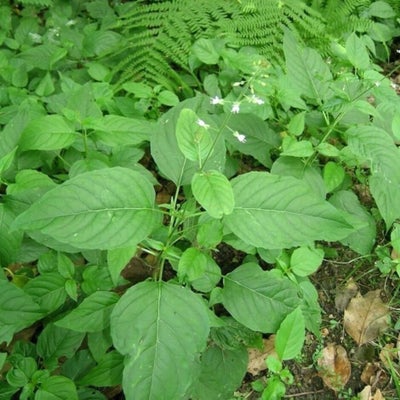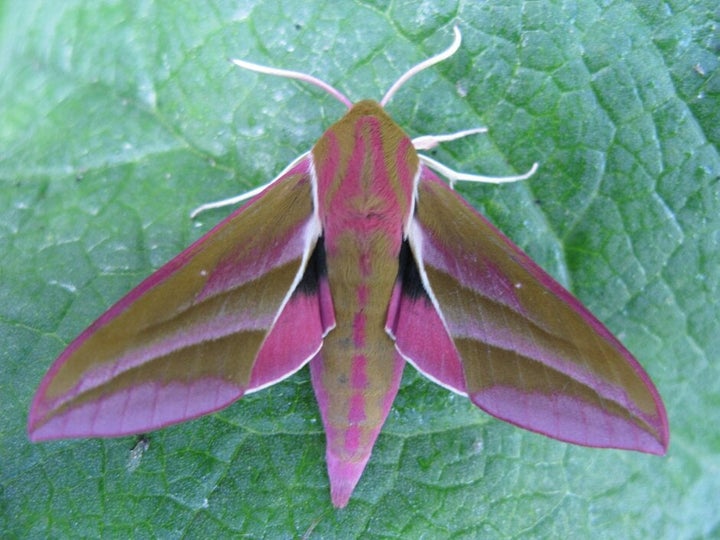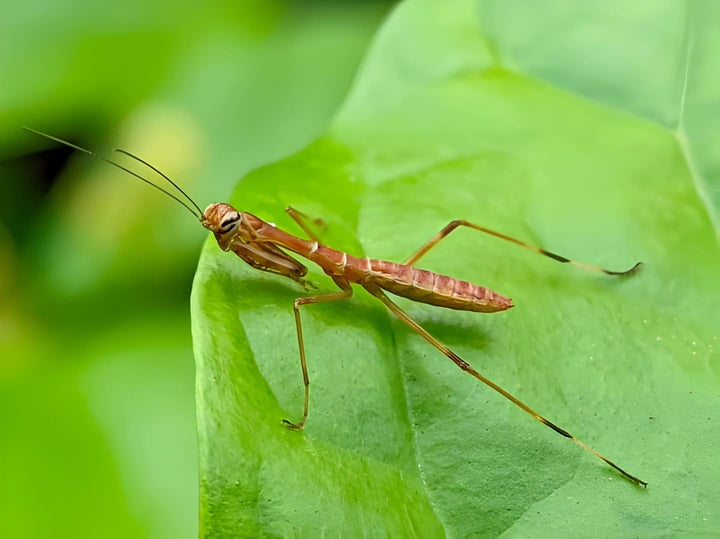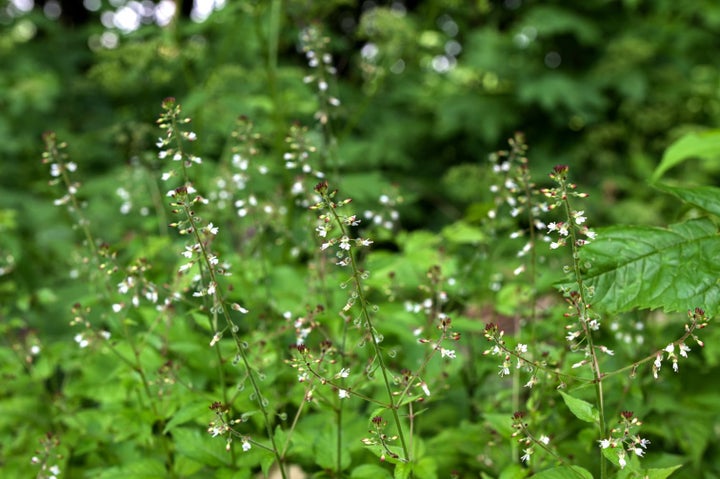
Quick facts
The botanical name for enchanter’s nightshade isCircaea lutetiana
It is a herbaceous perennial – stems die back in winter and new growth appears in spring
Enchanter’s nightshade is a UK native wildflower
It is a food plant for moths, flea beetles, sawflies and stiltbugs
If you need to control enchanter’s nightshade, non-chemical methods are effective
What does enchanter’s nightshade look like?
Enchanter’s nightshade can grow 70cm (28in) tall in moist, rich soil with some shade. It is much shorter in drier, poorer soils. Hairy stems bear pairs of leaves that are oval to heart-shaped with pointed tips. Flowering occurs from early summer to early autumn. The slender, upright flower spikes grow above the leaves, with well-spaced pink opening to small white flowers. These are followed by oval seed capsules covered with hooked bristles; each capsule typically contains two seeds. Underground, enchanter’s nightshade forms a network of pale roots.

Did you know?
Enchanter’s nightshade isn’t in the plant family commonly known as the nightshade family - Solanaceae. It is in Onagraceae, the same family as fuchsias, evening primroses and willowherbs.
Is it poisonous?
The botanical name, Circaea, comes from the enchantress in ancient Greek mythology, Circe, who was renowned for her potion making skills. Despite its name, enchanter's nightshade isn't particularly poisonous (it isn't considered edible either) and has relatively few known medicinal uses.
Is enchanter’s nightshade a weed?
Not necessarily – enchanter’s nightshade can be a useful ground cover plant in shady areas. Its small, white flowers appear in summer, producing a pretty display when many woodland plants have finished flowering. It provides food and habitat for numerous creatures including flea beetles, sawflies and stiltbugs. Its leaves are also eaten by caterpillars of various moths, including the elephant hawk moth. Small bees, hoverflies and flies pollinate its flowers.



However, in a shady position with moist, rich soil, enchanter’s nightshade will steadily spread. Its leaves form a dense carpet from spring to autumn, potentially smothering smaller plants, and it can compete with other plants for moisture, nutrients, space and light.
What is a weed?
The term ‘weed’ describes a plant that is growing where it isn’t wanted. Weeds usually thrive in average garden conditions, reproducing and spreading easily. It is up to you to decide what you call a weed and what you choose to retain or remove.
Frequently asked questions about controlling enchanter’s nightshade
Here are our answers to your most common questions about dealing with enchanter’s nightshade:
How invasive is enchanter’s nightshade?
Hooked bristles on the seed capsules of enchanter’s nightshade easily attach to passing animals and humans, so seed can travel into and around a garden. Given sufficient moisture and some shade, young plants will thrive and spread by (underground rooting stems).
As sections of root can regenerate, forming new plants, gardeners may unintentionally spread enchanter’s nightshade by roots or chopping them up when digging. Taking care to separate roots before composting and being mindful of where you dig (and if you need to dig at all) will help to reduce their spread.
Do I need to get rid of enchanter’s nightshade?
No – allowing enchanter’s nightshade to grow in a shady border or at the base of an established hedge will attract wildlife, boost the of your garden and give you the chance to enjoy its attractive flowers.
However, as enchanter’s nightshade is capable of outcompeting and smothering smaller or less vigorous plants, it’s a good idea to manage its spread and stop it getting out of bounds.

What is the easiest way to kill enchanter’s nightshade?
If you have enchanter’s nightshade growing where it is not wanted, there are a few easy ways to remove it:
- Hoe off – hoe emerging seedlings on a warm, dry or windy day, so exposed roots dry out quickly. Don’t hoe , as this will chop up roots and encourage more growth.
- Deadhead existing plants – snip off fading flower spikes to prevent them self-seeding. This is a good method for controlling the spread of a clump you’d like to keep, so it can still benefit the wildlife in your garden.
- Fork out plants – use a hand fork or border fork to lift and remove individual plants and their roots. Enchanter’s nightshade usually favours loose soils rich in leaf litter, conditions in which it can be forked out with little difficulty. Use this method around the edge of a clump to curtail its spread or for complete eradication. In a large area, it may be difficult to remove all traces of roots in a single attempt, so regularly check for any regrowth.
- Avoid disturbing the soil – enchanter’s nightshade can regenerate from root fragments, so avoid chopping up roots with unnecessary soil disturbance, such as digging or rotavating areas where it grows.
Top Tip
Don’t add enchanter’s nightshade roots, rhizomes or seeds to your home compost bin, as it may not reach high enough temperatures to kill them. Instead, put them in your council green waste recycling bin or take them to your local recycling site.
Should I use weedkiller?
As non-chemical control methods are effective, there is no need to use weedkillers.
For more information, see our page on Weeds: non-chemical controls.











